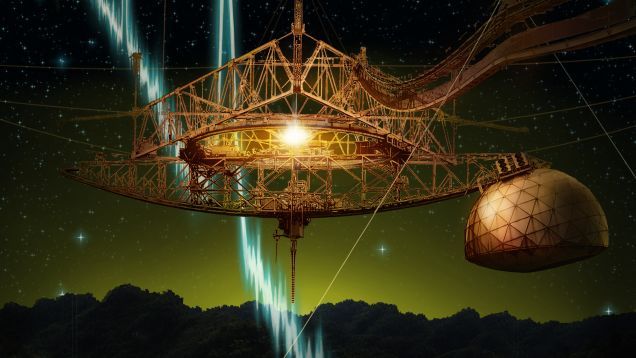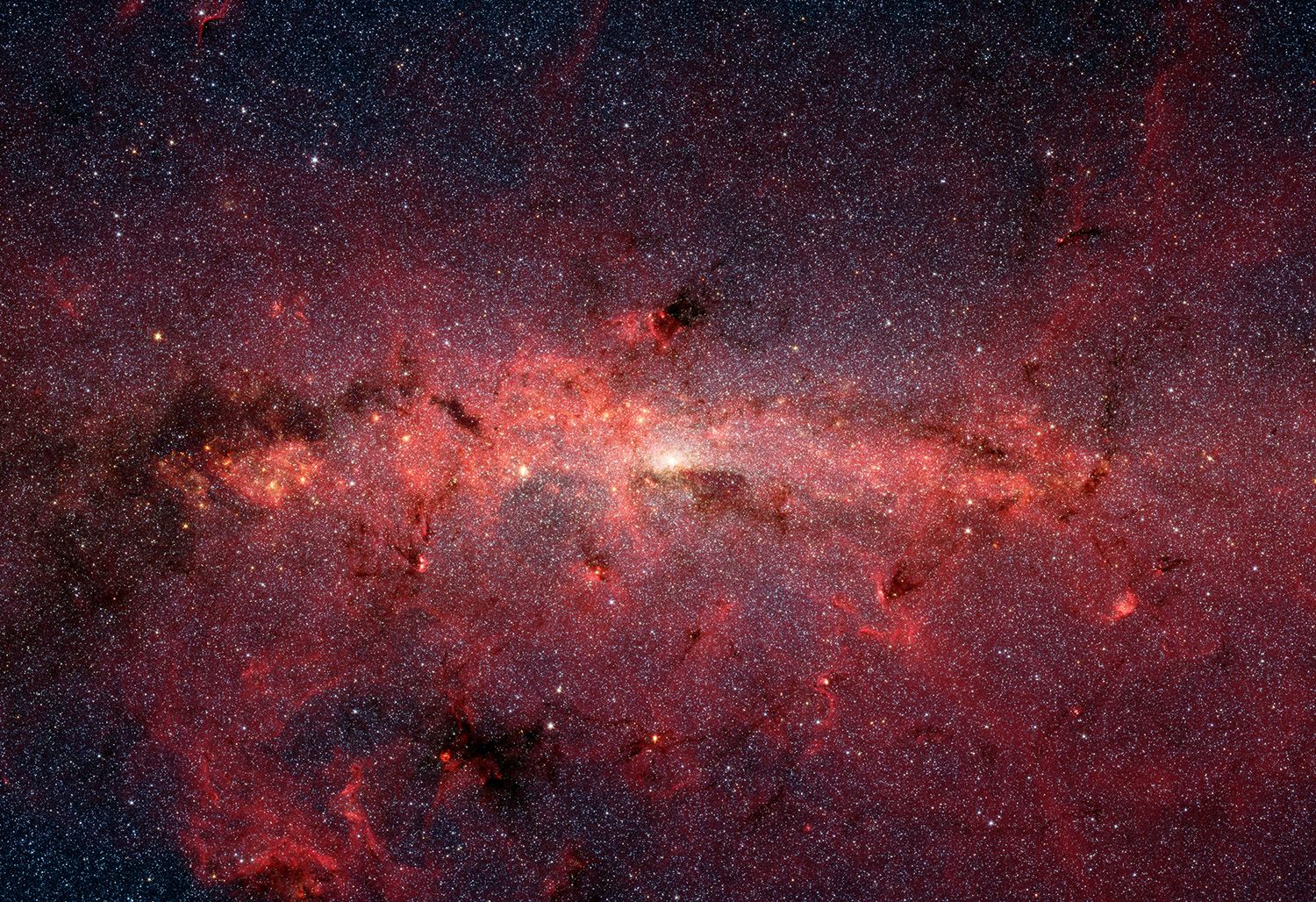Page 11321
Mar 2, 2016
Scientists Create Functional Model of a Living and Breathing Supercomputer
Posted by Julius Garcia in categories: bioengineering, energy, supercomputing
In what appears at first to be a storyline ripped from a sci-fi thriller, a multi-national research team spread across two continents, four countries, and ten years in the making have created a model of a supercomputer that runs on the same substance that living things use as an energy source.
Humans and virtually all living things rely on Adenosine triphosphate ( ATP ) to provide the energy our cells need to perform daily functions. The biological computer created by the team led by Professor Dan Nicolau, Chair of the Department of Bioengineering at McGill, also relies on ATP for power.
The biological computer is able to process information very quickly and operates accurately using parallel networks like contemporary massive electronic super computers. In addition, the model is lot smaller in size, uses relatively less energy, and functions using proteins that are present in all living cells.
Continue reading “Scientists Create Functional Model of a Living and Breathing Supercomputer” »
Mar 2, 2016
Mysterious Cosmic Radio Bursts Just Got Even More Interesting
Posted by Sean Brazell in categories: energy, space
Fast radio bursts, or FRBs, are a source of endless fascination. But despite a decade of observations, not all astronomers are sure that they’re real. A study out in Nature today, which reports the very first recurring FRB, is now causing lingering skepticism to evaporate.
“I think this is pretty huge,” Peter Williams, an astronomer at Harvard’s Center for Astrophysics who was not involved with the study, told Gizmodo. “For awhile, I wasn’t sure these things were genuinely astrophysical. This paper settles the question.”
And Williams is not one to take splashy new claims about FRBs—high energy radio pulses of unknown origin, which flit across the sky for a fraction of a second—lightly. In fact, he’s spent the last week raising major doubts about another recent study, which, as Gizmodo and other outlets reported, claimed to have pinpointed the location of an FRB in space for the first time.
Continue reading “Mysterious Cosmic Radio Bursts Just Got Even More Interesting” »
Mar 2, 2016
Inside the Artificial Intelligence Revolution: A Special Report, Pt. 1
Posted by Klaus Baldauf in categories: existential risks, innovation, robotics/AI
We may be on the verge of creating a new life form, one that could mark not only an evolutionary breakthrough, but a potential threat to our survival as a species.
Mar 2, 2016
Here’s What Happened When We Asked Elon Musk About Equal Pay For Women — By Emily Peck | Huffington Post
Posted by Odette Bohr Dienel in categories: business, Elon Musk
Tag: Women
Mar 2, 2016
Astronomers estimate 100 billion habitable Earth-like planets in the Milky Way, 50 sextillion in the universe
Posted by Shailesh Prasad in categories: alien life, mathematics
Astronomers at the University of Auckland claim that there are actually around 100 billion habitable, Earth-like planets in the Milky Way — significantly more than the previous estimate of around 17 billion. There are roughly 500 billion galaxies in the universe, meaning there is somewhere in the region of 50,000,000,000,000,000,000,000 (5×10 22 ) habitable planets. I’ll leave you to do the math on whether one of those 50 sextillion planets has the right conditions for nurturing alien life or not.
The previous figure of 17 billion Earth-like planets in the Milky Way came from the Harvard-Smithsonian Center for Astrophysics in January, which analyzed data from the Kepler space observatory. Kepler essentially measures the dimming (apparent magnitude) of stars as planets transit in front of them — the more a star dims, the larger the planet. Through repeated observations we can work out the planet’s orbital period, from which we can usually derive the orbital distance and surface temperature. According to Phil Yock from the University of Auckland, Kepler’s technique generally finds “Earth-sized planets that are quite close to parent stars,” and are therefore “generally hotter than Earth [and not habitable].”
The University of Auckland’s technique, called gravitational microlensing, instead measures the number of Earth-size planets that orbit at twice the Sun-Earth distance. This results in a list of planets that are generally cooler than Earth — but by interpolating between this new list, and Kepler’s list, the Kiwi astronomers hope to generate a more accurate list of habitable, Earth-like planets. “We anticipate a number in the order of 100 billion,” says Yock.
Mar 2, 2016
The Store With No Employees: Sweden Opens The First Unstaffed Store
Posted by Shailesh Prasad in categories: food, robotics/AI
Driven by a need for convenience, an IT specialist from Sweden just opened the country’s first unstaffed store, which uses an app for access and scanning technology to make purchases.
After dropping what turned out to be his last jar of baby food on the floor, Robert Ilijason, who was then home alone with his son, had no choice but to make a drive to find a supermarket that was open and buy a new one.
This was no easy task, as shops close early in many rural areas, leaving individuals with nowhere to go to get any last minute necessities late at night.
Continue reading “The Store With No Employees: Sweden Opens The First Unstaffed Store” »
Mar 2, 2016
Electromagnetic theories of consciousness
Posted by Shailesh Prasad in category: neuroscience
The electromagnetic theories of consciousness propose that consciousness can be understood as an electromagnetic phenomenon.
Mar 2, 2016
Human consciousness is simply a state of matter, like a solid or liquid – but quantum
Posted by Shailesh Prasad in categories: neuroscience, quantum physics
Thanks to the work of a small group neuroscientists and theoretical physicists over the last few years, we may finally have found a way of analyzing the mysterious, metaphysical realm of consciousness in a scientific manner. The latest breakthrough in this new field, published by Max Tegmark of MIT, postulates that consciousness is actually a state of matter. “Just as there are many types of liquids, there are many types of consciousness,” he says. With this new model, Tegmark says that consciousness can be described in terms of quantum mechanics and information theory, allowing us to scientifically tackle murky topics such as self awareness, and why we perceive the world in classical three-dimensional terms, rather than the infinite number of objective realities offered up by the many-worlds interpretation of quantum mechanics.
Consciousness has always been a tricky topic to broach scientifically. After all, science deals specifically with effects that can be observed and described mathematically, and consciousness has heretofore successfully evaded all such efforts. In most serious scientific circles, merely mentioning consciousness might result in the rescinding of your credentials and immediate exile to the land of quacks and occultists. (Read: How to create a mind, or die trying.)

















